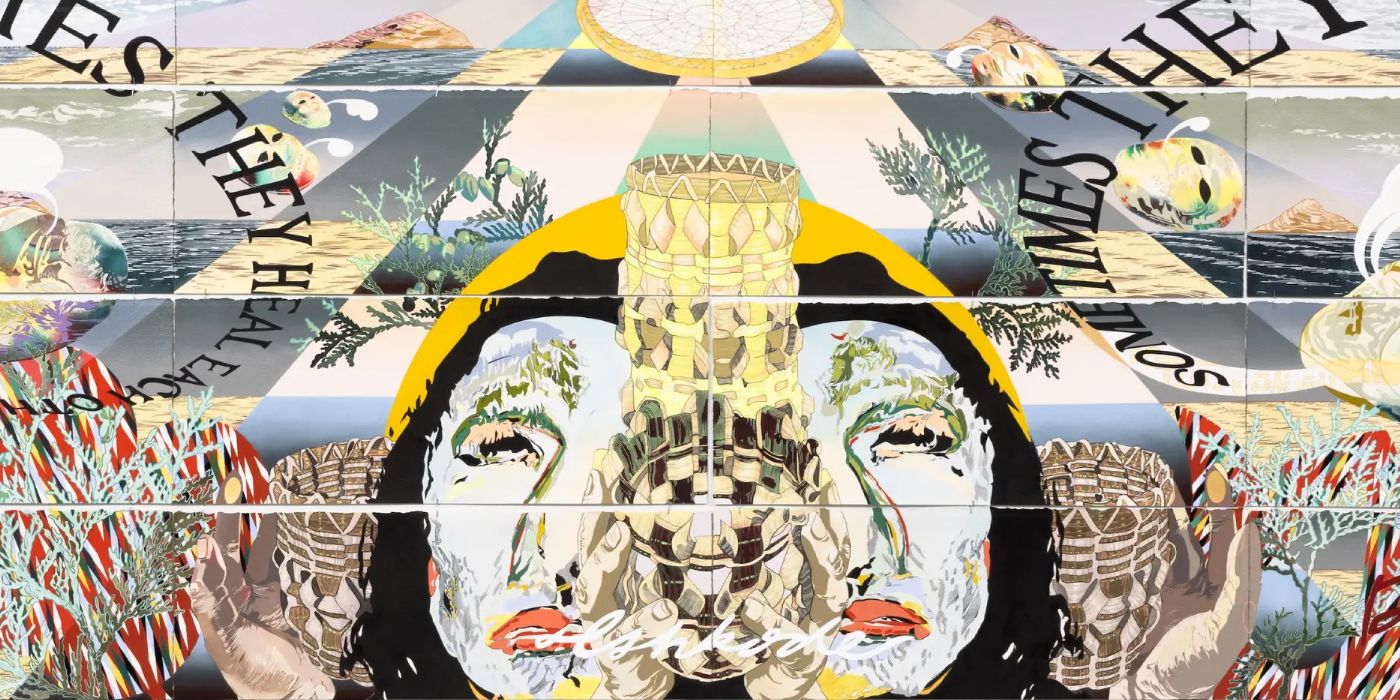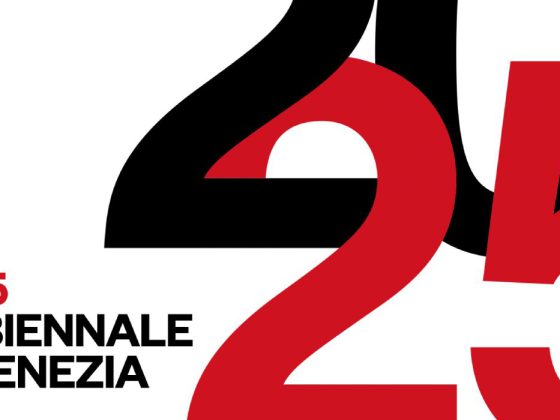In October 2025, the Denver Art Museum (DAM) will present Andrea Carlson’s first museum survey, marking a significant milestone in the artist’s career and the institution’s centennial celebration of its Indigenous Arts of North America collection. Carlson, of Ojibwe descent, is renowned for her intricate, multilayered works that challenge historical injustices and museum practices that have harmed Indigenous communities. Her art combines poetry, storytelling, and cultural references in prismatic layers of color and iconography, creating a vivid tapestry that embodies Indigenous Futurism.
Unveiling the Exhibition
The upcoming exhibition at DAM will feature 40 works on paper and sculpture spanning Carlson’s career. Notably, it will present, for the first time, three of Carlson’s large-scale stacked landscapes together, as the artist originally intended. These works exemplify her commitment to recontextualizing Indigenous narratives within contemporary art spaces.
“Carlson expands the narrative around how Indigenous artists and people are interpreted in the broader culture,” says Dakota Hoska, Associate Curator of Native Arts at DAM. “By taking objects from museum settings and placing them in her own landscapes, Carlson reverses the idea of ‘ownership’ and deconstructs what it means to be interpreted as a stereotype”.
Exploring Indigenous Futurism
Carlson’s work is deeply rooted in the concept of Indigenous Futurism, a movement that envisions Indigenous peoples in futures from which they have been historically excluded. She defines it as imagining Indigenous presence in spaces where it has been erased, creating robust representations that challenge colonial narratives.monumentlab.com
“Indigenous Futurism(s) is imagining ourselves in places where we have been written out, imagining ourselves in robust ways,” Carlson explains. “The future is a circle where our languages thrive and knowledge is restored”.
Her art often incorporates elements of science fiction, mythology, and traditional Indigenous symbolism, creating a dialogue between past, present, and future. This approach not only reclaims Indigenous narratives but also offers a vision of a future where Indigenous cultures are thriving and central.
Artistic Practice and Themes
Carlson’s artistic practice includes painting, drawing, and arts writing, focusing on subjects such as museum studies, Indigenous Futurisms, and assimilation metaphors in film. Her work challenges the authority of museums and their role in shaping cultural narratives, often by re-presenting objects from museum collections within her own fictional landscapes.
One of her notable series, “VORE,” uses cannibalism as a metaphor for cultural consumption and assimilation. In “Sunshine on a Cannibal,” for example, she layers images from Native American art, European paintings, and conceptual art to critique the way Western cultures consume and erase Indigenous identities.
Institutional Recognition and Collaborations
Carlson’s work has been acquired by prestigious institutions, including the British Museum, the Minneapolis Institute of Art, the Walker Art Center, and the National Gallery of Canada. She has received awards from the McKnight Foundation, Joan Mitchell Foundation, and 3Arts, among others.
In addition to her solo practice, Carlson is a co-founder of the Center for Native Futures in Chicago, an organization dedicated to supporting Native artists and promoting Indigenous perspectives in contemporary art.
Visit the Exhibition
Andrea Carlson’s exhibition at the Denver Art Museum will open in October 2025, as part of the museum’s centennial celebration of its Indigenous Arts of North America collection. The exhibition will be accompanied by a catalog featuring contributions from leading scholars and a symposium exploring the past, present, and future of Indigenous arts and representation in museums.
For more information and to plan your visit, please see the Denver Art Museum’s official website.
Explore more artist profiles in our Artist Spotlight series.


